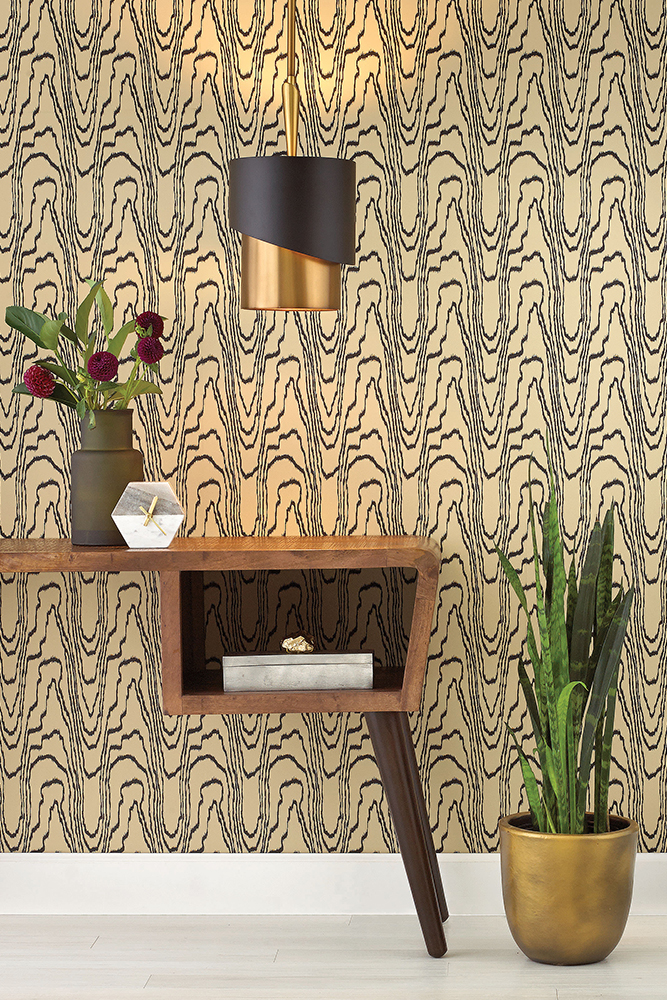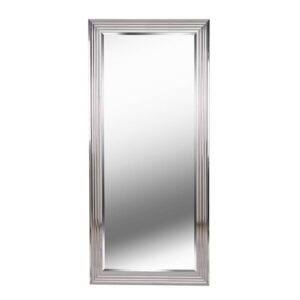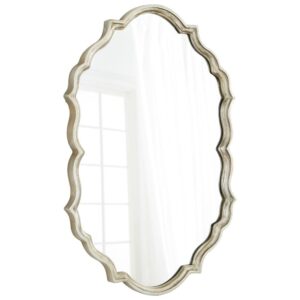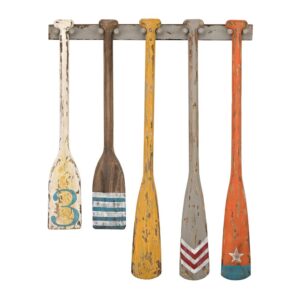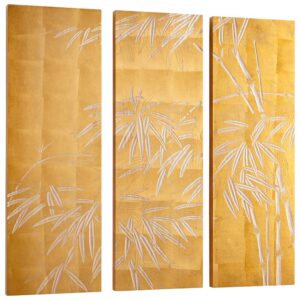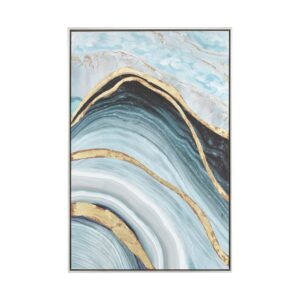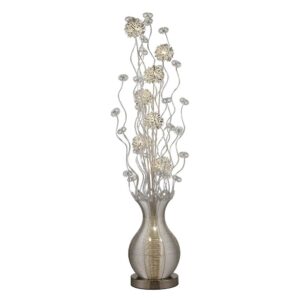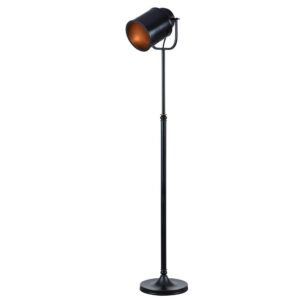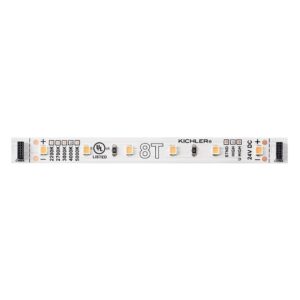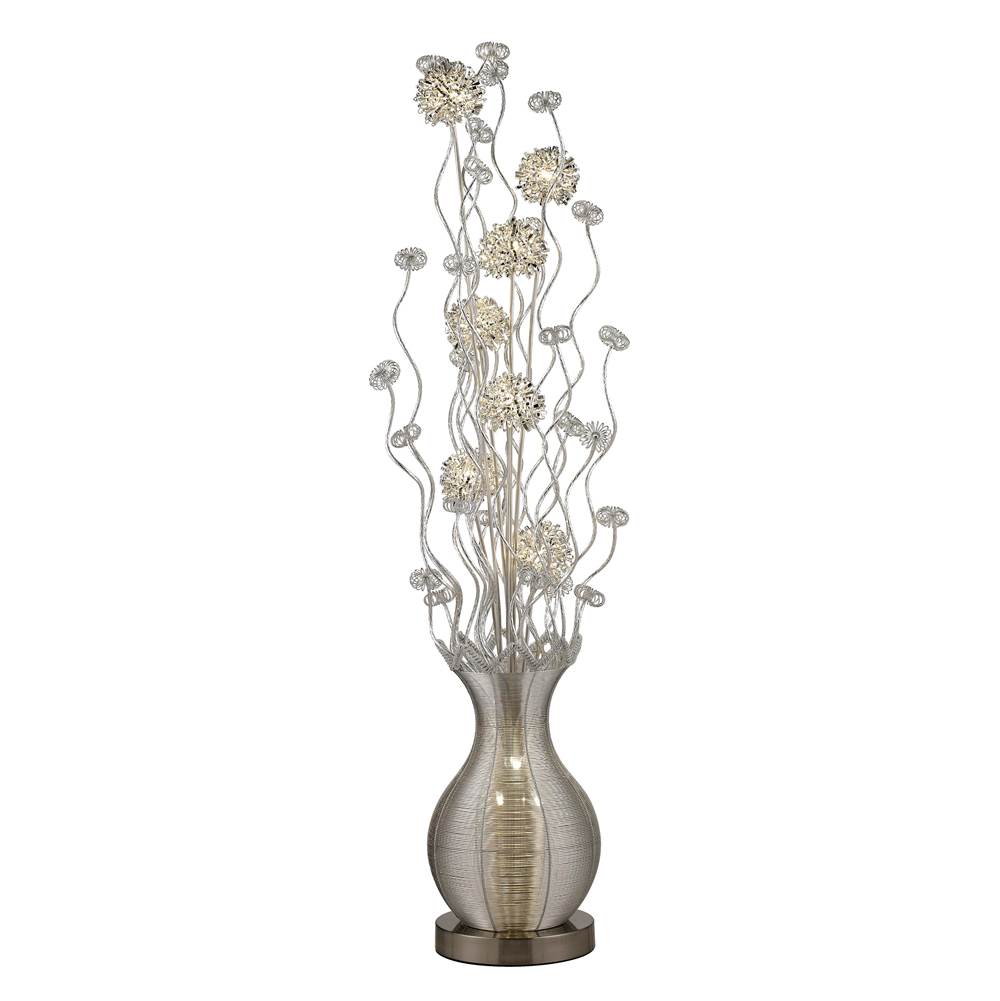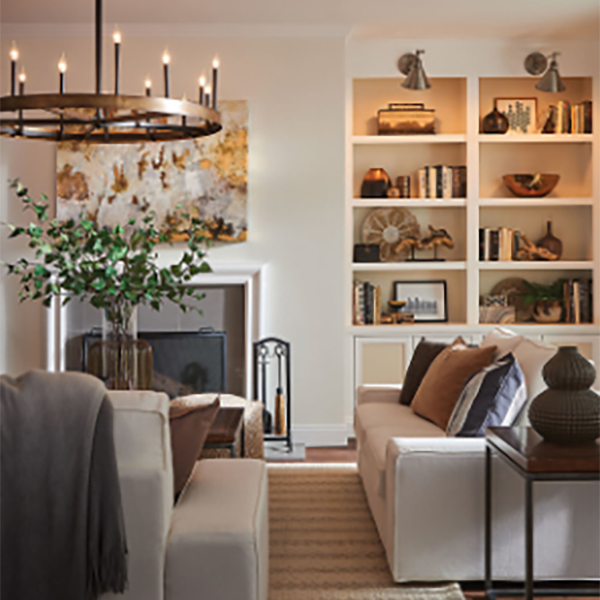
For many families, those spring months in quarantine made us feel like our homes just aren’t large enough. Fortunately, there are ways to make spaces seem bigger without spending a lot of money. The secret lies in the strategic placement of accent lighting and accessories.
Many homeowners assume that the recessed lights and lighting fixtures that the builder installed or that “came with the house” are all you need, but good interior designers know better — and they’re willing to share their knowledge.
One of the best techniques that Peter Romaniello, CLC, of the award-winning design firm Conceptual Lighting in Huntersville, N.C., employs when trying to make a small room appear larger is to “hit all four walls with light.” By having light appear along each wall surface – either by a sconce, recessed light, floor lamp or torchiere – eyes immediately go to where the light is shining: the perimeter of the room, thus visually expanding the width of the space.
If the room has an 8-foot ceiling, like many older homes and condos do, there are several methods for creating the appearance of a greater height. Mirrors make spaces look larger by reflecting – thereby amplifying – the artificial and natural light already in the room. Selecting rectangular mirrors and hanging them vertically further reinforces the illusion of a higher ceiling.
Believe it or not, you can accomplish that same goal with your selection in wall art. To make ceilings seem higher, choose wall art that has a vertical frame or contains a vertical pattern. You can also place an arrangement of smaller mirrors, picture frames, or unframed sculptural wall décor in an overall vertical shape. Wallpaper with a vertical pattern will provide a similar effect. When it comes to window treatments, many designers suggest hanging drapery closer to the ceiling instead of the top of the window frame to create a longer line. All of these techniques will draw the eyes from top to bottom, visually elongating the space.
To give more visual depth to a space, one of the most effective methods professional lighting designers employ is creating “layers” of light to supplement the existing ambient lighting. They accomplish this by mixing in table, desk, and floor lamps or torchieres throughout the room. Where possible, they will include tape light to highlight bookshelves or the interiors of glass-fronted cabinets and display cases; tape light is easy to install and often can be cut to fit a project’s exact dimensions. Each of these additional light sources brings attention to a different level and area of the room.
It’s hard to imagine a room in which no amount of reading takes place. Instead of relying solely on a uniform light source overhead, which can create shadows, having a table or floor lamp next to a chair or sofa will lessen eye fatigue and strain while reading.

